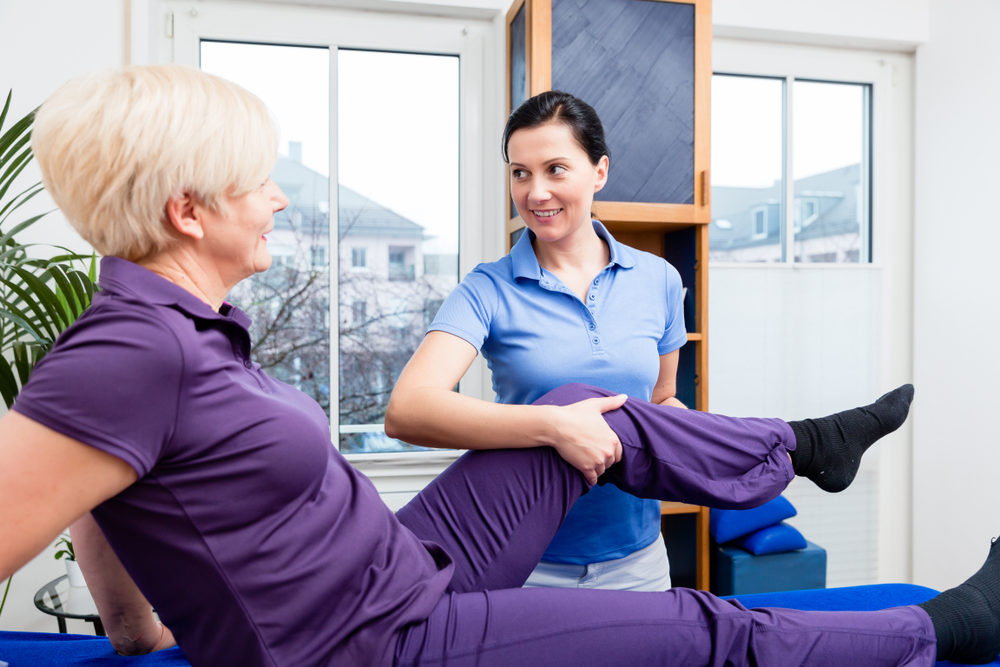Physical therapy after surgery offers a variety of benefits — from speeding up your recovery to improving your mobility.
Your recovery after orthopedic surgery is just as important as the operation itself. And to ensure a full recovery, post-op physical therapy is often not just a recommendation, but a necessity.
In fact, one study concluded that physical therapy should start immediately after surgery and focus primarily on helping patients regain their mobility. After an orthopedic procedure, you’ll want to return to your normal activities as soon as possible — and a well-tailored physical therapy regimen can help you do just that.
Benefits of Physical Therapy
Orthopedic surgery can patch up broken bones, stitch together a torn ligament, or replace a joint. But once the surgery is complete, your physical therapist will guide you the rest of the way toward a complete recovery. Together, you’ll develop a plan to get you up and moving based on the nature and severity of your injury and your lifestyle.
With that in mind, here are five benefits of undergoing physical therapy after your orthopedic procedure:
1. Improved Mobility
Swelling and stiffness after surgery is a common part of the healing process. Yet tight joints and muscles restrict your mobility and scar tissue further limits your range of motion. To boost your flexibility, your physical therapist will work with you to build a regimen of physical therapy exercises, massage, and/or ultrasound therapy.
2. Stronger Muscles
If you’ve had a hip or knee replacement, strengthening the muscles around the joint boosts flexibility and mobility. In addition, strengthening exercises that emphasize core muscles in the back and pelvis can help you maintain your balance and prevent an injury from a fall.
3. Pain Reduction
Physical therapy can also help reduce the inflammation that compresses nerves and causes pain as well as ease sore muscles, tendons, and ligaments. Throughout the healing process, your physical therapist will choose exercises that facilitate a full recovery, but don’t cause excessive discomfort.
4. Better Healing
Physical therapy stimulates your circulation, which helps blood deliver oxygen and other important nutrients to damaged tissues so they can heal faster. In addition to reducing pain and promoting healing, better circulation may also prevent post-op complications such as blood clots by keeping you active.
5. Injury Prevention
After surgery, you may feel a bit unsteady and experience some muscle weakness. To prevent repeated injury, you’ll learn new ways to perform daily activities like walking up the stairs, getting dressed, and bathing until you’re back at full strength.
Getting Back to Your Life
Physical therapy begins the day after your surgery when a therapist assists you out of bed. You’ll then continue your recovery either at a rehab or outpatient facility. Your physical therapist will also give you exercises to do at home to speed up your progress. How long it takes depends on your overall physical health and type of surgery, but when it’s all over, you’ll be on your way to an improved quality of life.
At New York Bone & Joint Specialists, our team of orthopedic surgeons and physical therapists have helped hundreds of patients overcome orthopedic disorders and injuries. With compassion and expertise, we’ll recommend treatments and physical therapy that will get you back in action as quickly as possible. Contact us today to set up an appointment.




